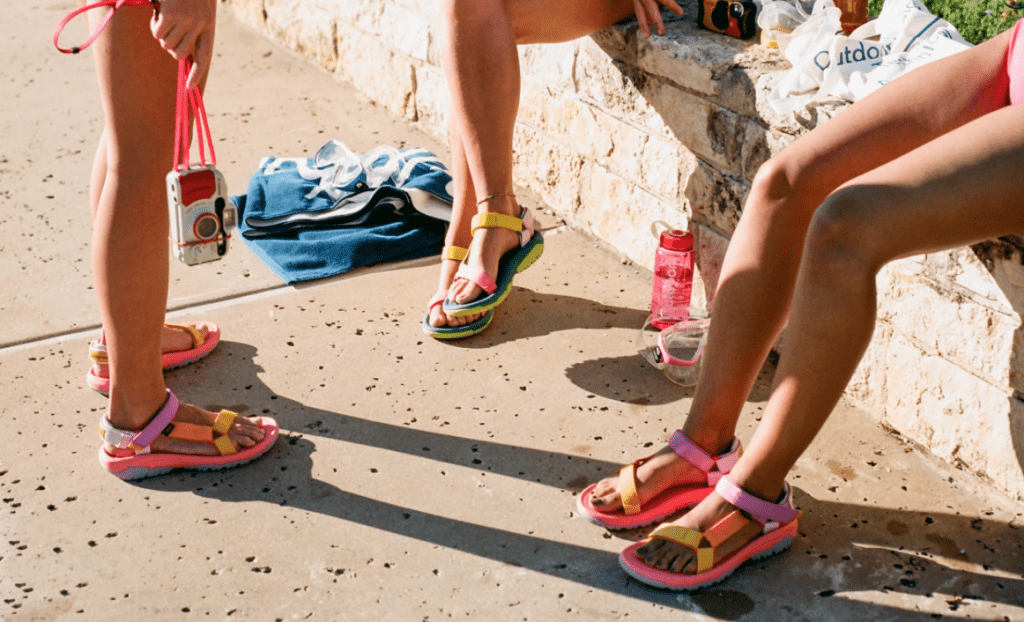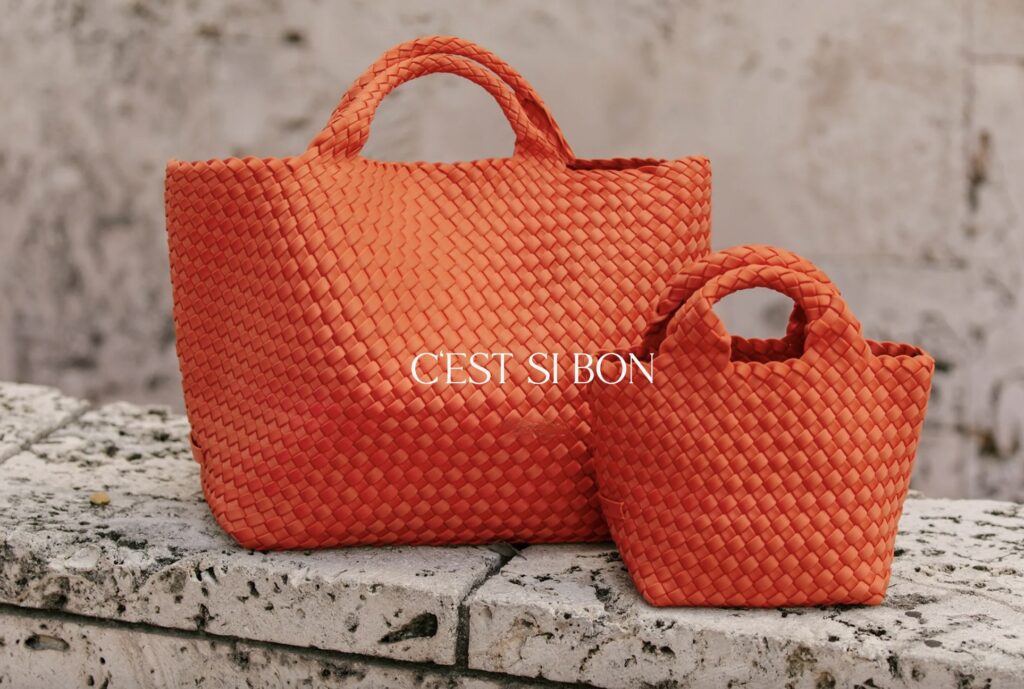Using the word “Band-aid” to describe a generic adhesive bandage is problematic. The same goes for the use of “Kleenex” interchangeably with tissues, “Xerox” as synonymous with photocopying, and “Photoshop” to describe the general digital manipulation of photos. Each of these terms (Band-aid, Kleenex, Xerox and Photoshop) operates – or in some cases, operated – as a trademark, meaning they were originally terms used to indicate the source of one individual brand’s products.
The element of singular source is critical here because it is at the core of how trademarks function. Trademark law provides protection for any word, name, symbol, or design, or any combination thereof, used in commerce to identify and distinguish the goods of one manufacturer or seller from those of another. This means that Nike has trademark rights in its Swoosh design because when consumers see the small check mark-inspired graphic on footwear, they associate it with a single source: Nike. The same goes for Chanel’s double “C” logo, or the brand’s name. And the list goes on and on.
Unlike copyright law or patent law, which only enjoy protection for a specific and limited period of time, trademark protection potentially lasts forever … as long as the trademark continues to function as a trademark. In other words: as long as consumers associate the name or logo with one brand – and only one brand.
In order to maintain trademark rights – i.e., ensure that consumers do not come to view a trademark as a descriptive term (and thus, not an indicator of source), trademark owners are obligated to keep tabs on and shut down any unauthorized uses of their mark.
One of the most famous fashion examples centers on Chanel’s legal counsel’s practice of taking out full page ads in trade publication, Women’s Wear Daily, to inform editors, journalists, bloggers, etc., of its rights in the “Chanel” trademark, and hopefully avoid having its name become a generic description of non-Chanel products. The ad consistently included the language:

This is where Teva comes in – and has come in for the past several years, to be exact. The sporty sandal has been rising to fashion fame. A handful of years after brands began doing their takes on Teva’s classic sport-centric sandal, the design is having another resurgence. As Eliza Brooke wrote for the New York Times last month, “Wow, Tevas Got Cute,” referencing a handful of collaborations between the 35-year old footwear brand and third parties, such as Outdoor Voices, Anna Sui, Area, Sandy Liang, and TOME. Beyond branded collabs, though, others have opted to present their own takes on this type of sandal. Prada put forth a familiar-looking pair, as did Chanel, AMI, Nanushka, Camper, Dune, and Zara, among others.
The potential problem lies not with these lookalike sandals, at least not from a trademark perspective. (The copying of the classic Teva design, itself, would be a design patent and/or trade dress issue). At issue here is the large-scale use of the Teva name in connection with the latter bunch of non-Teva brand footwear in a way that could have a diminishing effect on the strength of the trademark and its ability to link a Teva sandal with the Teva brand.
For instance, a recent article from Refinery29 provided readers with “14 Alternative Tevas Sandals To Buy ASAP.” The list highlights an array of Teva branded footwear, as well as “Teva-esque sandals” from third-party brands. Meanwhile, HuffPost recently published a list of “5 Teva-Inspired Styles to Shop Now,” complete with shoes bearing “velcro straps and padded soles” from brands other than Teva.
The exact problem is this: The term Teva is being used to describe a type of product, namely, sandals made up of “webbing upper, hook & loop closure, universal strapping system, EVA footbed, and durabrasion rubber outsole” or some combination thereof, as opposed to as a term that identifies an exclusive source of a product.
To date, this has largely been viewed – by Chanel and trademark practitioners – as a dangerous trend, as it could have seriously unpleasant effects on a trademark’s status as a distinctive indicator of source. Yet, Teva does not appear to be bothered. As such, the company joins the likes of Uber, for example, whose CEO Dara Khosrowshahi revealed last year that he was pleased with the use of the Uber trademark as a verb. Khosrowshahi asserted in a release welcoming Rebecca Messina as Chief Marketing Officer, “Very few brands become verbs; for Uber to have achieved this shows how we’ve captured imaginations and become an important part of our customers’ lives.”
Uber’s stance reflects a larger shift in the understanding of the risk of genericide that has been underway for at least a decade when the New York Times published a highly-referenced article, entitled, “The Power of the Brand as Verb,” about the modern reality of the use of trademarks as something other than merely source-identifying terms.
As now-Harvard Law professor Rebecca Tushnet told the Times in 2009, “The risk of [a trademark] becoming generic is so low, and the benefits of being on the top of someone’s mind are so high,” the latter being especially true in the ever-crowded consumer marketplace.
That seems to be Teva’s motto.
This article draws on an earlier one, entitled, Is Teva on its Way to Losing its Trademark?, which was published by TFL in May 2017.











